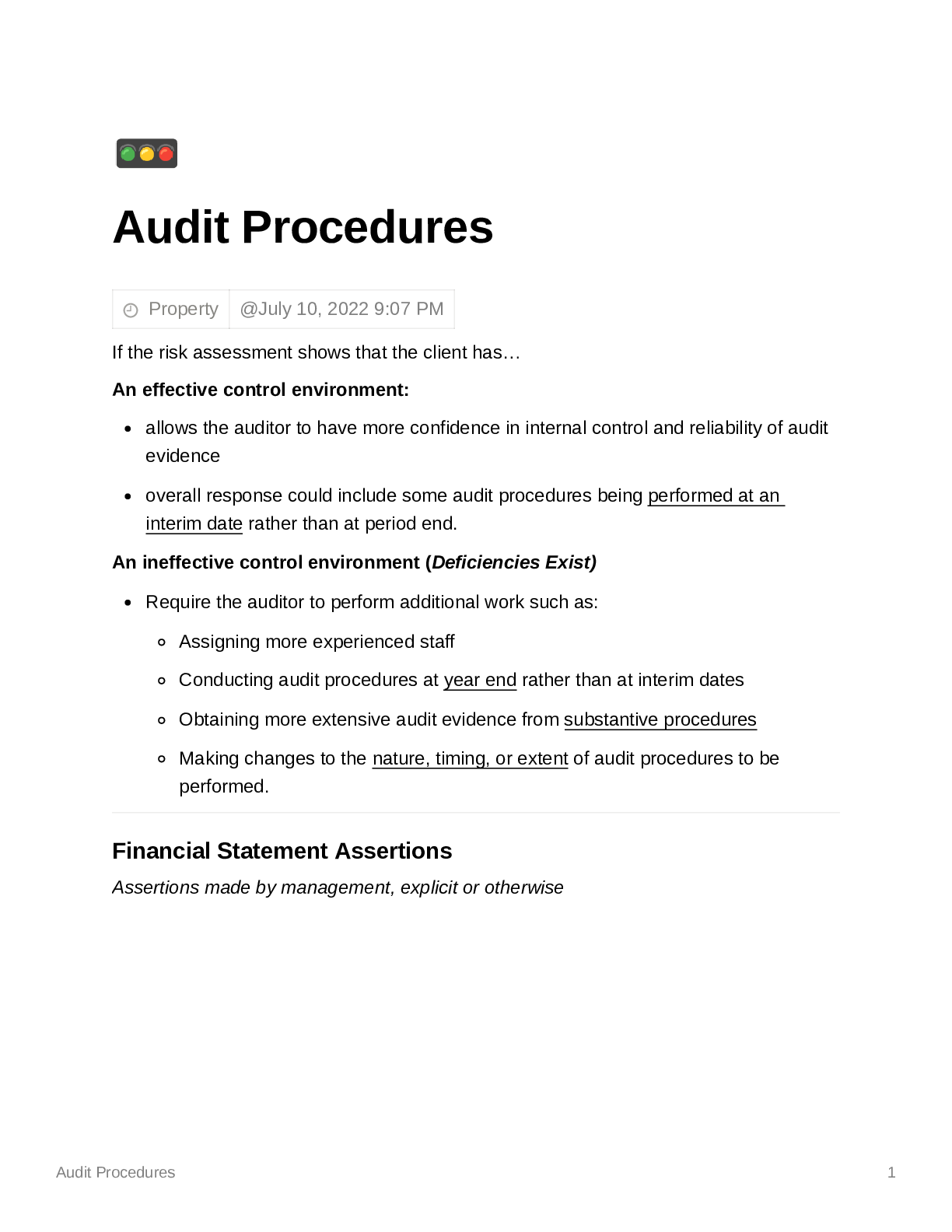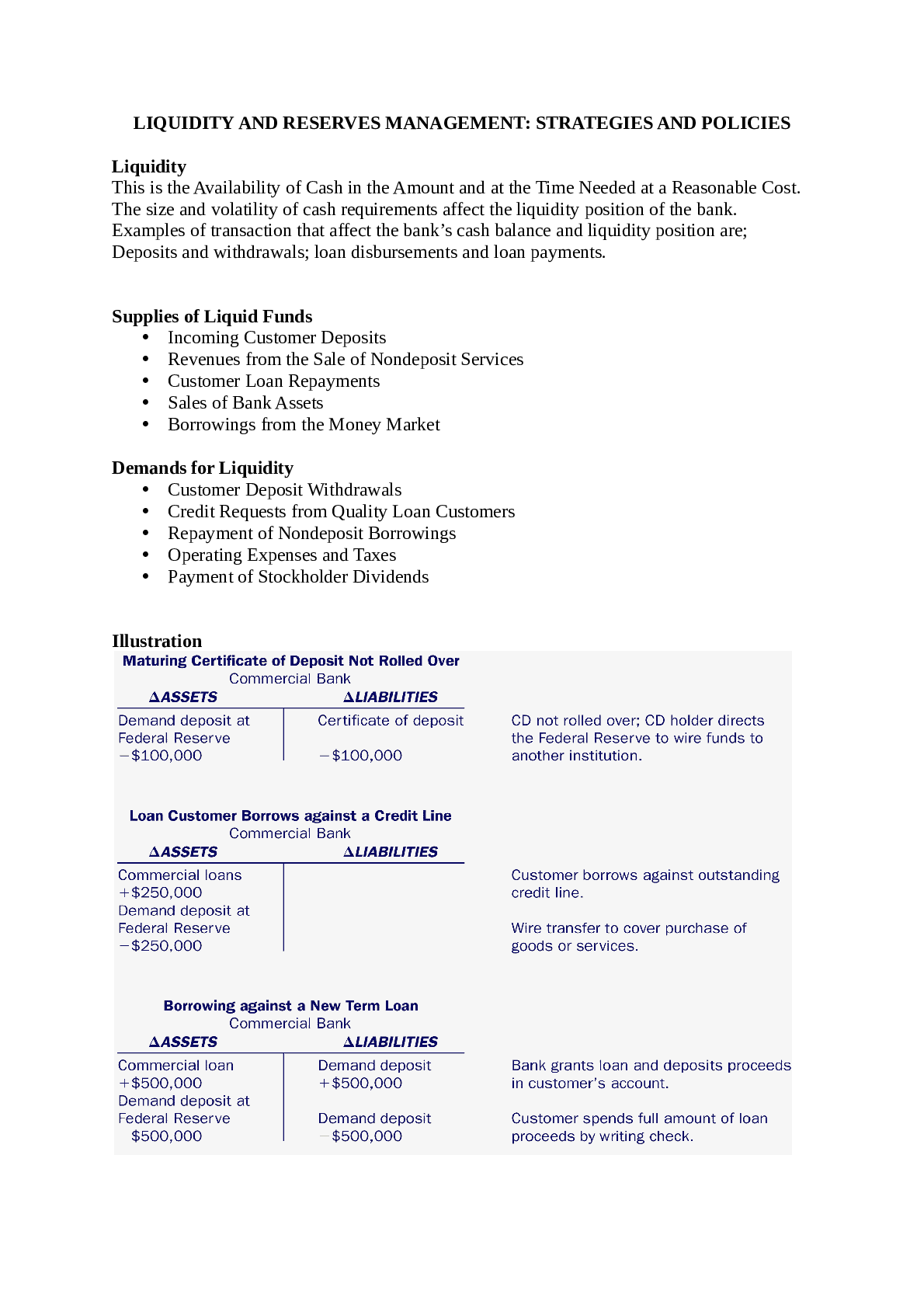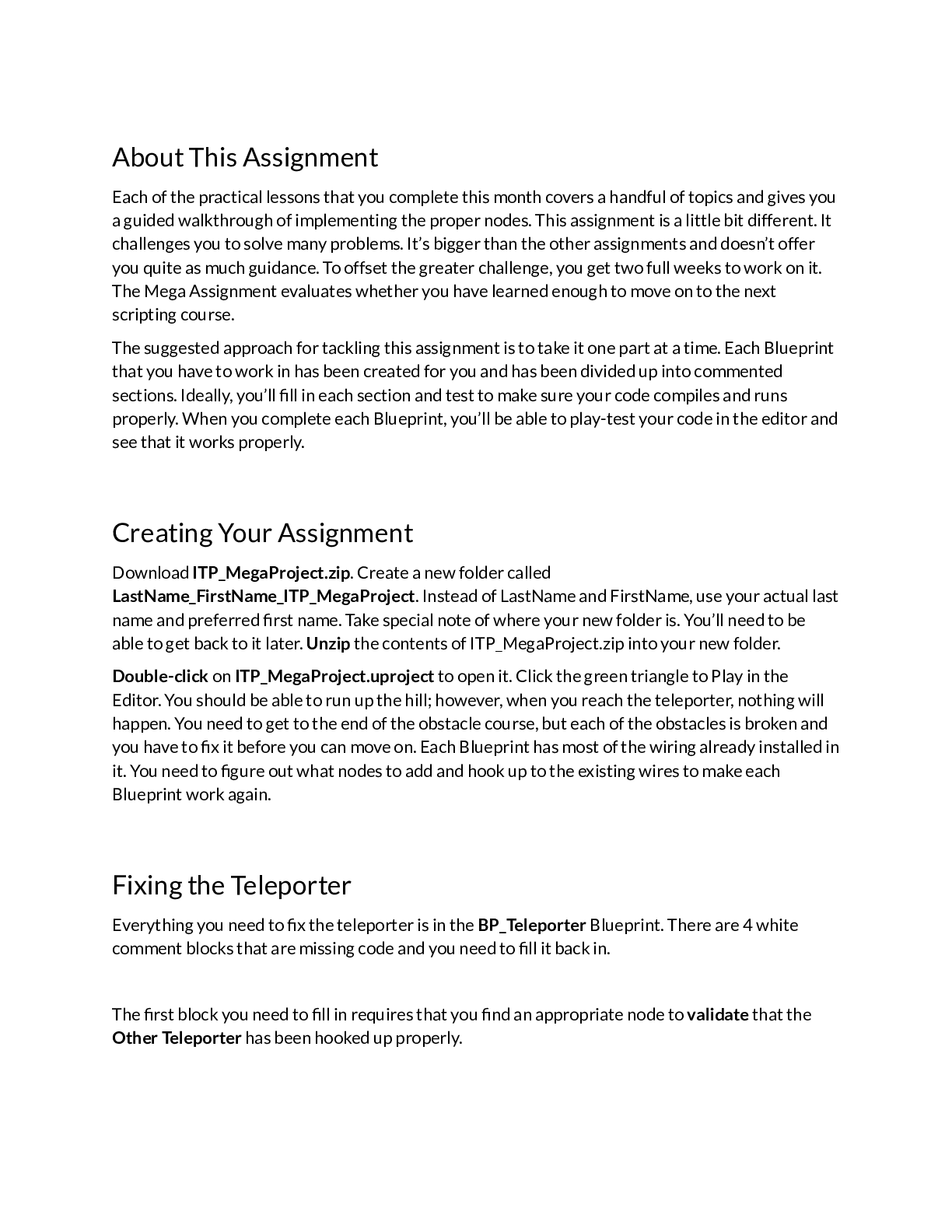Business > Research Paper > Dissertation > Study Of Brand Awareness and Brand Image Of Starbucks (All)
Dissertation > Study Of Brand Awareness and Brand Image Of Starbucks
Document Content and Description Below
Study Of Brand Awareness and Brand Image Of Starbucks Student Name University Affiliate: Date: Abstract This dissertation establishes and analyzes brand awareness as well as brand image... of the Starbucks Company among the Chinese population in China. China is a country where tradition is highly valued. Over a long period, the Chinese used tea till the establishment of Starbucks stores which provided an alternative which is coffee (Geereddy, 2013). The paper also covers the extent to which the Chinese know about the Starbucks brand. The image of the brand matters a lot in decision making and is thus part of the focus of the study (Gilbert, 2012). Keller’s model of branding is also covered in the literature review to bring its applications to reality. There are several methods which Companies employ when promoting their businesses whereby branding is one of them. The paper also covers the methods which Starbucks uses to change the perception of their consumers in China. Nevertheless, emerging issues such as the utilization of the modern technologies like the internet to promote brand image are covered. Through using most real life examples from different sectors of the economies as well as organizations, this research is able to bring out clearly what brand image perception does to the consumers as well as how it affects the entire firm. The roles which brand awareness are also covered. These functions include reminding the customers of a particular brand when they think of a given category of services. In our case, when consumers think of beverages, they will think of coffee from Starbucks instead of tea, it increases the sales since when consumers are aware of the products, they can make wise choices among several others (Datamonitor, 2015). This research employs qualitative methods to interpret both our primary and secondary sources of data. Through the use of qualitative interviews, questionnaires, and surveys (which are our primary sources), the research brings out the different ways the Chinese perceive Starbucks in their nation. Through interviewing different people, consumers and non-consumers of Starbucks products, the research is able to bring out different perceptions by a variety of individuals and thereby lead the audience to conclude the way the brand is perceived. Table of Contents Abstract 2 INTRODUCTION 6 Problem statement 7 The purpose 7 LITERATURE REVIEW 8 Keller’s Model 8 Applying the Keller’s Model 10 Brand Identity 10 Application 10 Brand Meaning 11 Application 11 Brand Response 12 Application 12 Brand Resonance 13 Application 14 Incorporating Keller’s Model in Starbucks 14 METHODOLOGY 25 Introduction 25 Research Design 25 Research methods 26 Online Questionnaire 28 Online Interview 28 Summary 29 RESULTS AND ANALYSIS 29 Results from online questionnaire 30 Analysis of the data 32 Research limitations 33 Results from past research 33 DISCUSSION 37 What increases brand image and awareness 39 Discussion as per literature review 45 CONCLUSION AND RECOMMENDATIONS 46 Recommendations to improve Future Studies 49 Proper preparation. 49 Recommendations to Improve the Knowledge That the Chinese Have Regarding the Brand Awareness and Image of Starbucks. 49 Use social media to advertise 50 Incorporating Other Activities in Their Stores to Attract More Clients 50 Improving their participation in keeping the Community safe and free from pollution 51 Improving the Management of the Human Resource Department 52 Adapting more to the Chinese culture 52 References 54 Appendix 59 References Balmer, J. M. T., Powell, S. M., Kernstock, J., & Brexendorf, T. (2017). Advances in corporate Branding. Bedbury, S., & Fenichell, S. (2002). A new brand world: 8 principles for achieving brand leadership in the 21st century. New York: Viking. Behar, H., & Goldstein, J. (2016). It's not about the coffee: Leadership principles from a life at Starbucks. New York, N.Y: Portfolio. Beverland, M., Napoli, J., & Yakimova, R. (2007). Branding the business marketing offer: Exploring brand attributes in business markets. Journal of Business & Industrial Marketing, 22, 394–399. Business School Press. Bussing-Burks, M. (2014). Starbucks. Santa Barbara, Calif: Greenwood Press. Change driver for PR. Colangelo, A. (2013). Globalization and development revealed in Starbucks and Wal-Mart's business practices in Shanghai, China: Issues in restructuring society for ethical practices. Conklin, D. W. (2012). Cases in the environment of business: International perspectives. Conversations to offline sales. Cornielje, O. J., & Zeelenberg, C. (2013). Excess demand in the Keller model. Amsterdam. Damani, R., & Imano (Firm). (2016). Online marketing. London: Imano. Dane, F. C. (2014). Research methods. Pacific Grove, California: Brooks-Cole. Datamonitor (Firm). (2015). Hot drinks in China. New York, NY: Datamonitor. Dimensions of brand image and product knowledge on purchase intention moderated by price discount on branded clothes. Fellner, K. (2014). Wrestling with Starbucks: Conscience, capital, cappuccino. New Brunswick, NJ: Rutgers University Press. Ferrell, O.C., & Fraedrich, John. (2016). Business Ethics: Ethical Decision Making & Cases. South-Western Pub. Fisher, R. A. (2016). Statistical methods for research workers. New Delhi: Published by Cosmo Publications for Genesis Pub. Geereddy, N. (2013). Strategic analysis of Starbucks corporation. Harward [Електронний ресурс].–Режим доступу: http://scholar. harvard. edu/files/nithingeereddy/files/starbucks_ case_analysis. pdf. Gilbert, S. (2012). The story of Starbucks. Mankato, MN: Creative Education. Glynn, M. S., & Woodside, A. G. (2017). Business-to-business brand management: Theory, Halligan, B., Shah, D., Synnestvedt, E., & Recorded Books, Inc. (2015). Inbound marketing: Get found using google, social media, and blogs. Prince Frederick, Md: Recorded Books. Hansen, F., & Christensen, L. B. (2014). Branding and advertising. Denmark: Copenhagen Hirsch, A. S. (2013). Interviewing. New York: Wiley. Hou, C., & Wonglorsaichon, P. (2014). The relationship among brand awareness, brand image, perceived quality, brand trust, brand loyalty and brand equity of customer in china's antivirus software industry. School of Business, University of the Thai Chamber of Commerce, Thailand. Information Resources Management Association. (2011). International journal of online International Management. (2013). Planet Starbucks: (B). Glendale, AZ: Thunderbird School of Global Management. Jensen, M. B., & Klastrup, K. (2008). Towards a B2B customer-based brand equity model. Journal of Targeting, Measurement and Analysis for Marketing, 16, 122–128. doi:10.1057/jt.2008.4. Karthikeyan, P., & Dheepa, T.(2008). Is Brand Awareness Necessary For Instant Food Products: An Empirical Analysis. Keller, K. L. (2001). Building customer-based brand equity: A blueprint for creating strong brands. Khan, S. (2012). Contribution of brand awareness and brand characteristics towards customer loyalty (A study of milk industry of Peshawar Pakistan). Journal of Asian Business Strategy, 2(8), 170. Kuhn, K. A. L., Alpert, F., & Pope, N. K. (2008). An application of Keller’s brand equity model in a B2B context. Qualitative Market Research: An International Journal, 11, 40–58. Kumar, K. (2016). An Analysis on Brand Loyalty: A Case Study on Starbucks. Leone, R. P., Rao, V. R., Keller, K. L., Luo, A. M., McAlister, L., & Srivastava, R. (2006). Linking brand equity to customer equity. Journal of service research, 9(2), 125-138. Lessig, V. P. (2016). Personal characteristics and consumer buying behavior: A Liu, A. H. (2015). Factors affecting international brand equity and brand image: Strategical, Lukusa, A. C. (2014). Challenges to corporate and brand image in multinational companies Maheshwari, V., Lodorfos, G., & Jacobsen, S. (2014). Determinants of brand loyalty: A study of the experience-commitment-loyalty constructs. International Journal of Business Administration. Marketing. Hershey, PA: IGI Pub. Moffett, M. H., Ramaswamy, K., & Thunderbird, The American Graduate School of multidimensional approach. Pullman: Washington State University, Bureau of Economic and Business Research. Percy, L., & Elliott, R. (2016). Strategic advertising management. Oxford, United Kingdom: Oxford University Press. psychological, and cross-cultural aspects of branding. Atlanta, GA: Georgia Tech Center for International Business Education and Research, School of Management, Georgia Institute of Technology. research, and executive case study exercises. Bingley: JAI Press. Rizwan, M. (2008). Study of Brand Awareness and Brand Image of Starbucks. Rizwan, M., Akbar, I., Muqtadir, A., Shafique, U., Zia, H., Naseer, W., & Amin, S. A. (2013). Impact of Brand Switching, Brand Credibility, Customer Satisfaction and Service Quality on Brand Loyalty. IOSR Journal of Business and Management, 1, 12-20. Sehrawala, S., & Karaduman, İ. (2012). BRAND POSITIONING STRATEGIES OF COFFEE SHOPS IN TURKEY: A COMPARATIVE STUDY OF STARBUCKS & COSTA COFFEE. Solomon, M. R. (2017). Consumer behavior: buying, having and being. Srivastava, R. K., & In Thomas, G. M. (2016). The future of branding. Stareva, I. (2014). Social media and the rebirth of PR: The emergence of social media as a Tan, S. L., Khairiah, S., & Fakulti Pengurusan dan Pembangunan Sumber Manusia. (2011). Team. John Wiley & Sons Inc. Tellis, G. J., & In Ambler, T. (2013). The Sage handbook of advertising. Thousand Oaks: Sage Publications. Tsai, A. (2013). The small business online marketing handbook: Converting online across different linguistic and socioeconomic markets: A semiotic analysis. Vibhuti, A. K. T., & Pandey, V. (2014). A case study on consumer buying behavior towards selected FMCG products. International journal of scientific research and management, 2(8), 1168-1182. Vogt, W. P. (2010). Data collection. Los Angeles: SAGE. Wheeler, Alina. (2017). Designing Brand Identity: An Essential Guide for the Whole Branding Woodside, A. G. (2016). Consumer and industrial buying behavior. New York, NY [u.a.: North-Holland. Woodside, A. G., Megehee, C., & Ogle, A. (2013). Advances in culture, tourism and hospitality research: Volume 3. Bingley: Emerald. Wynne, P. (2013). Pimp my site: The diy guide to seo, search marketing, social media and online pr. Chichester, UK: Capstone Pub. [Show More]
Last updated: 1 year ago
Preview 1 out of 60 pages
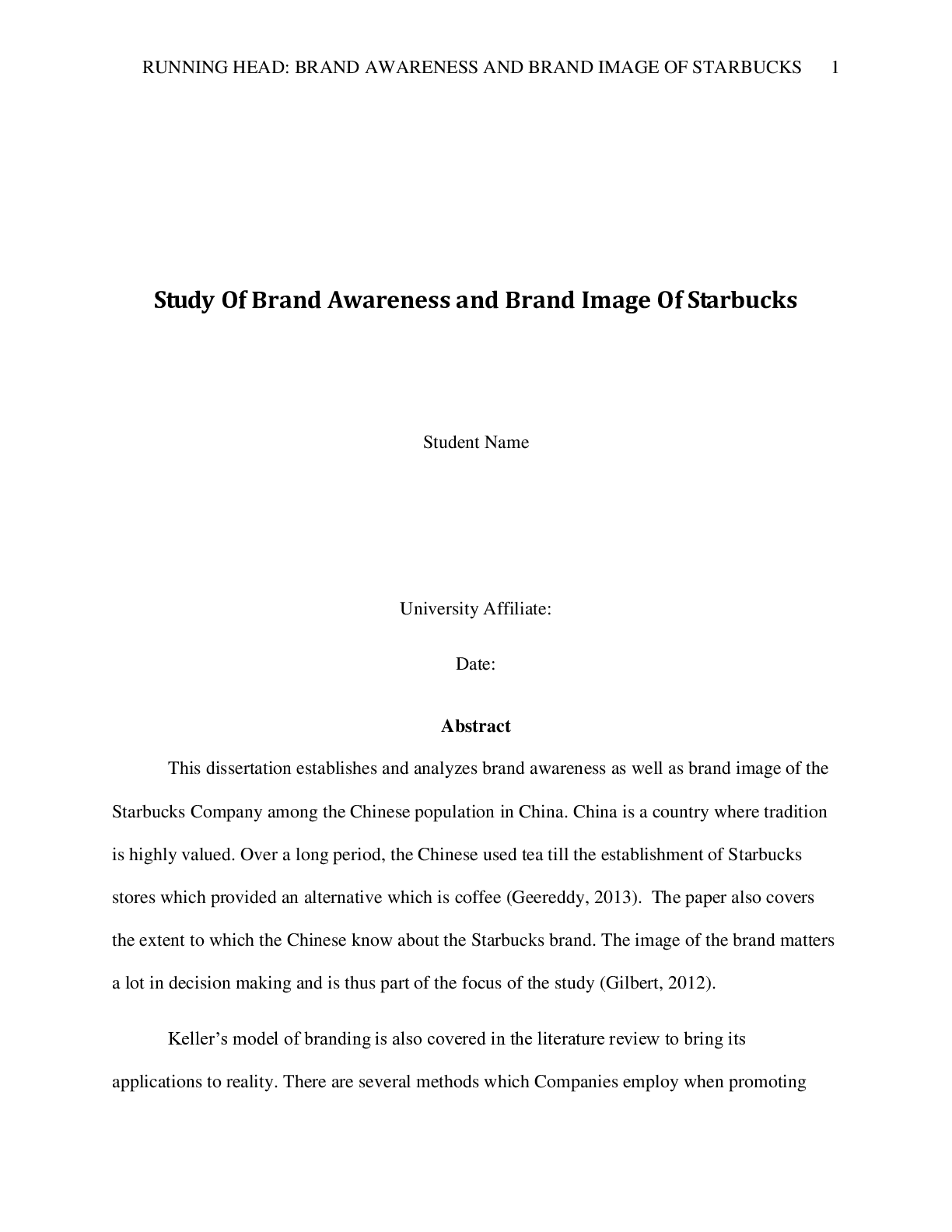
Buy this document to get the full access instantly
Instant Download Access after purchase
Add to cartInstant download
We Accept:

Reviews( 0 )
$7.00
Document information
Connected school, study & course
About the document
Uploaded On
Jan 08, 2023
Number of pages
60
Written in
Additional information
This document has been written for:
Uploaded
Jan 08, 2023
Downloads
0
Views
78

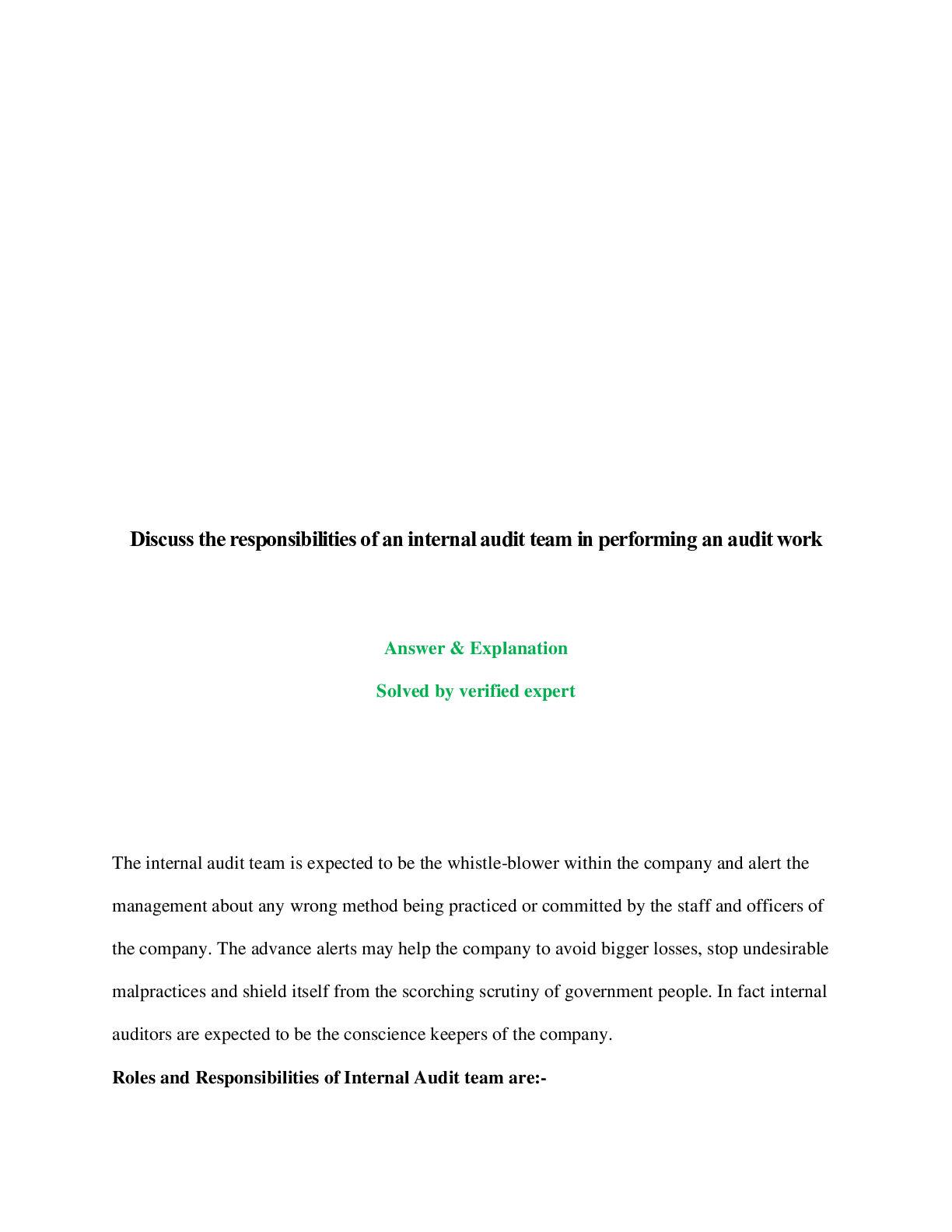

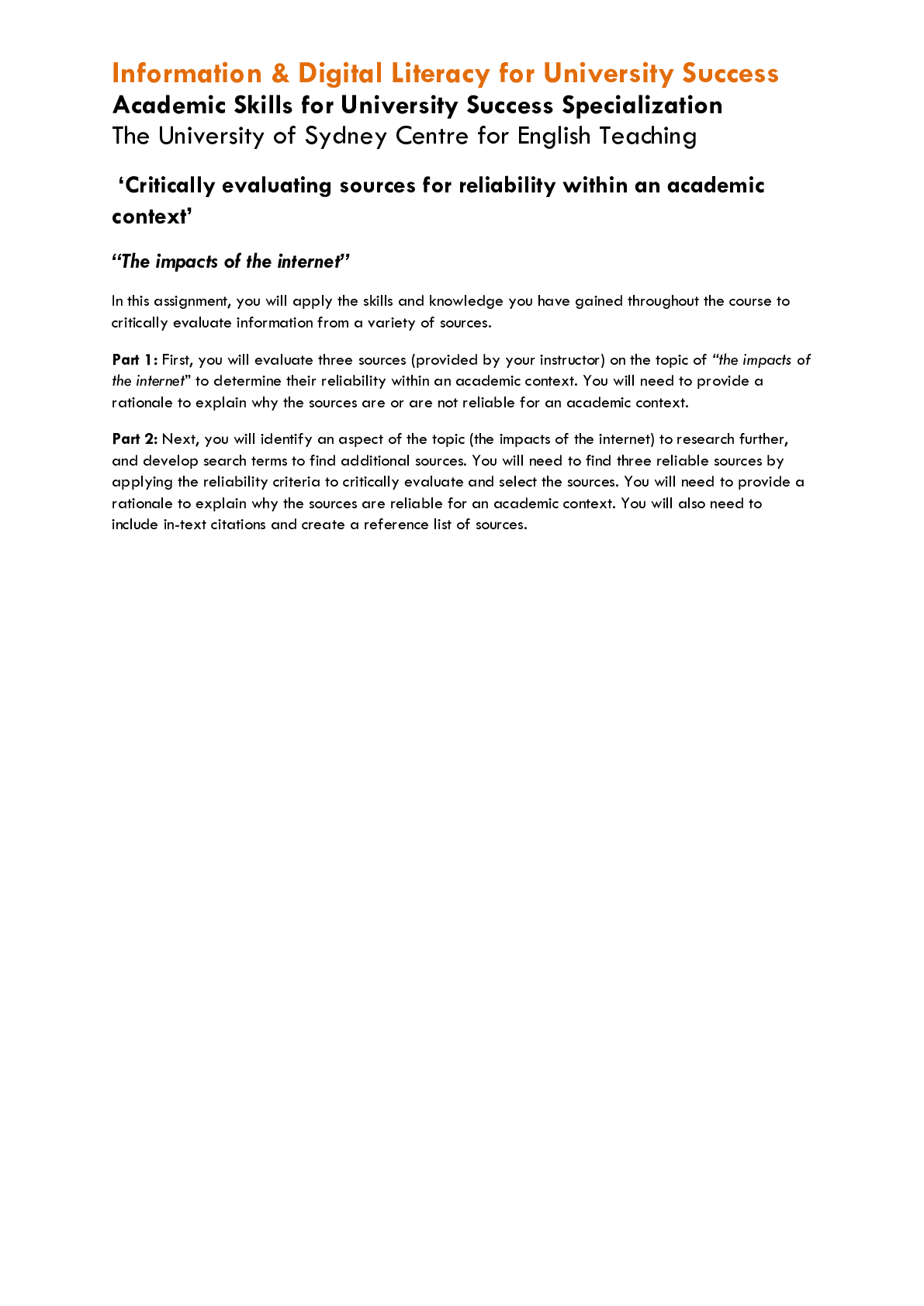
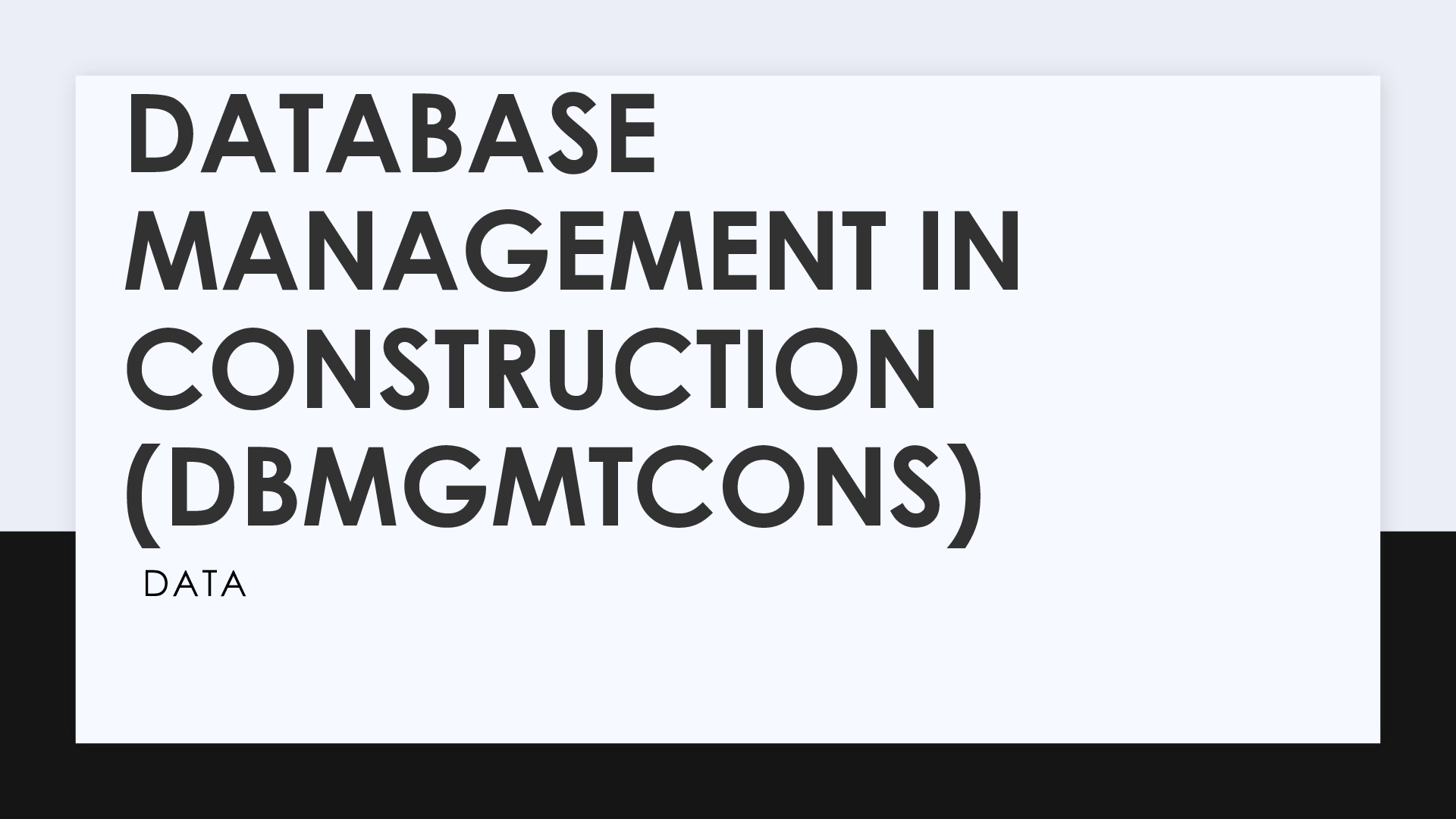
dfdfefe.png)



